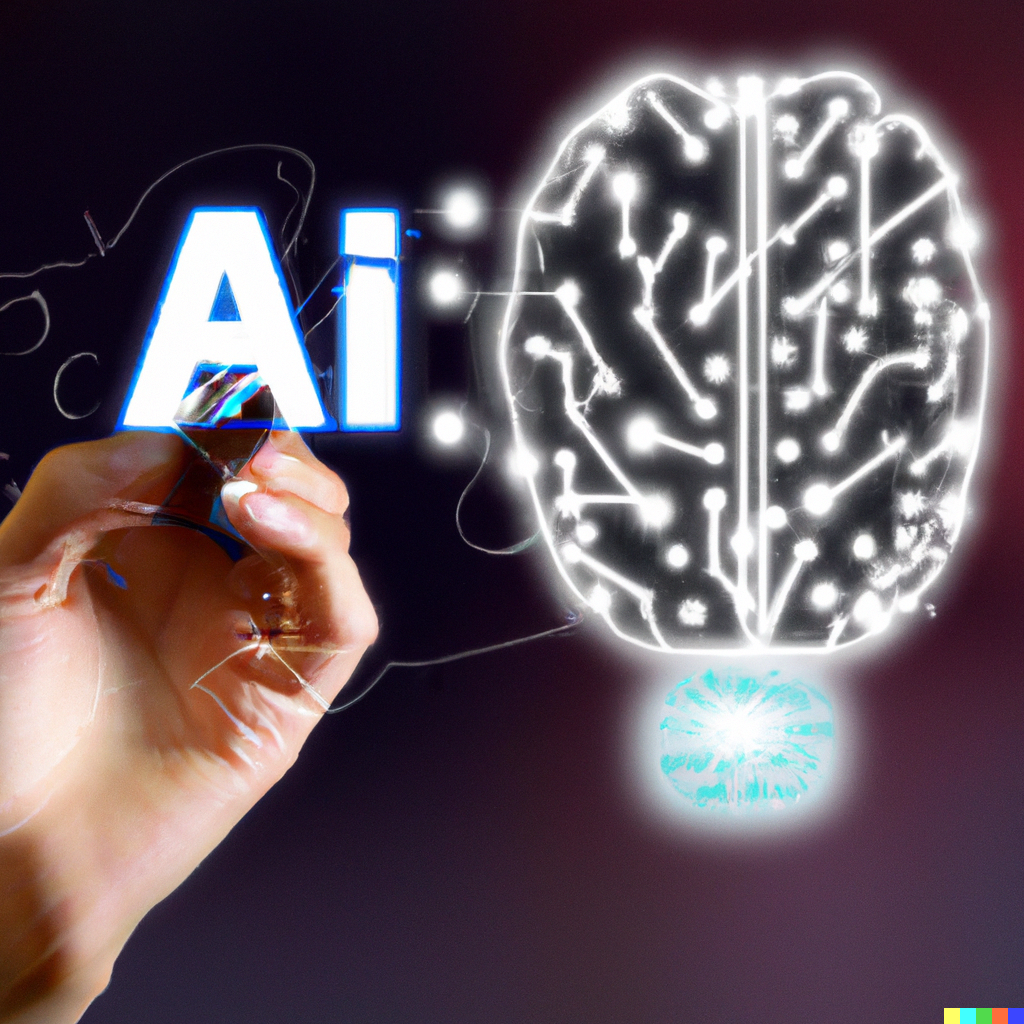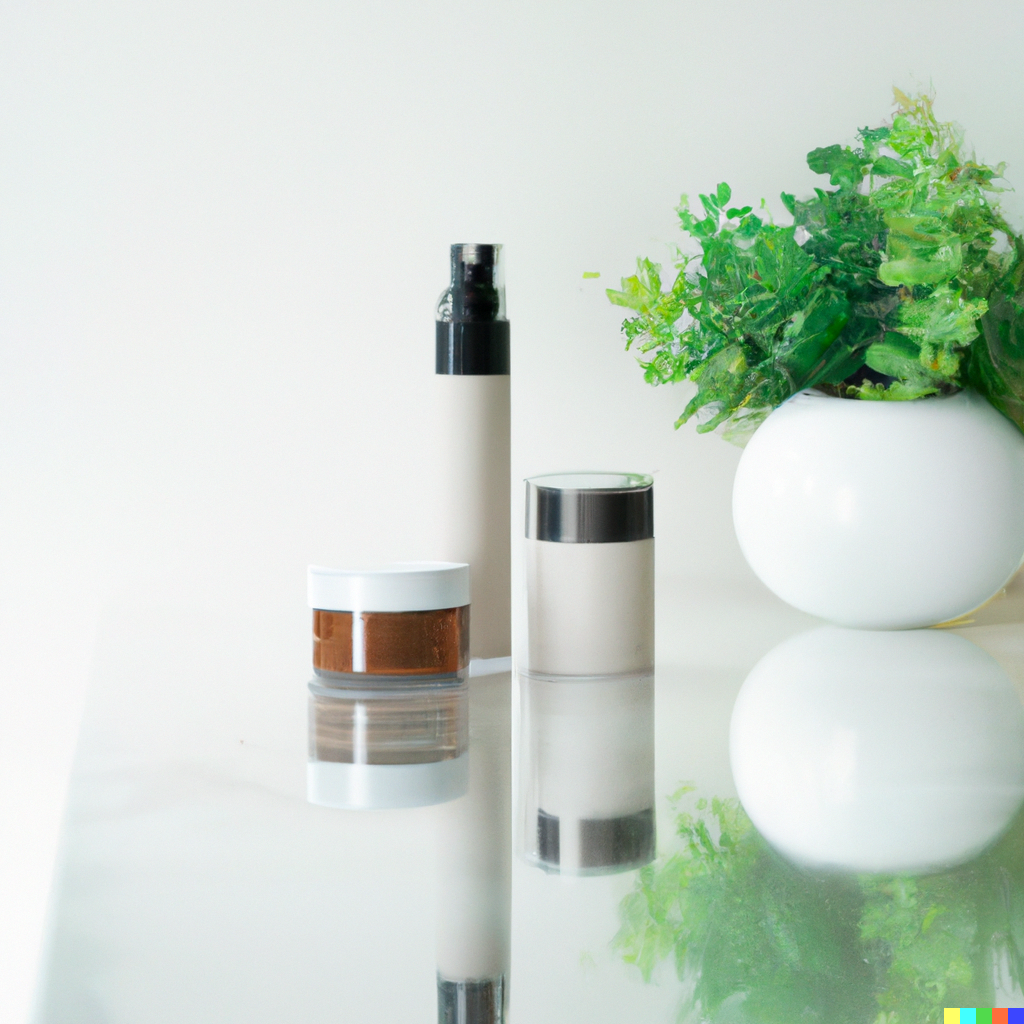
How Can AI Help Families Become More Authentic With One Another?
How Can AI Help Families Become More Authentic With One Another? It may seem like an oxymoron to suggest that artificial intelligence (AI) can help people to become closer. This is because AI is often thought of as a purely technological and impersonal concept. However, AI has the potential to facilitate human interactions and improve communication. Those things can ultimately lead to closer relationships.
History of American Family Time
The way Americans spend family time has evolved throughout history, shaped by cultural and societal changes.
Early 20th Century
In the early 20th century, the traditional family structure was characterized by the nuclear family, with the father as the breadwinner and the mother as the primary caregiver and homemaker. Family time was often spent at home, with activities such as cooking, cleaning, and playing together. Families would often gather around the dinner table to share a meal and spend time together.
1950s
During the 1950s, the rise of suburbanization and the proliferation of consumer goods led to an emphasis on the home as a place of leisure and consumption. Families spent more time at home, engaging in activities such as watching television, playing board games, and listening to music. Families also began to take more vacations together and spend time outdoors.
1960s
In the 1960s and 1970s, the feminist movement and a shift towards a more individualistic society led to a change in traditional gender roles. Women began to enter the workforce in larger numbers and both parents were often working outside of the home. As a result, family time became more limited and often focused on activities that could be done quickly. Two things that resulted were fast food meals and watching television.
Recent Years
In recent years, the rise of technology and the internet has had a significant impact on how families spend their time. Electronic devices and social media have made it easier for families to stay connected, but also increased screen time. However, there’s a growing awareness of the importance of disconnecting and investing in quality time together. Whether it’s through shared hobbies, reading, playing games, or going out on trips, families are making changes.
In summary, the way Americans spend family time has been shaped by societal and cultural changes throughout history. It has evolved from traditional activities at home to more individualistic and technology-focused ways of spending time.
Stay Connected
One of the main ways that AI can help to bring people closer is by making it easier for them to stay connected and communicate, regardless of their schedules or locations. AI-powered communication tools, such as chatbots and virtual assistants, can help families to schedule regular check-ins and family meetings, keeping everyone informed and in sync. Additionally, AI-powered tools such as sentiment analysis and natural language processing can help to identify emotions and underlying feelings in text-based communications. These tools can help families to better understand each other and respond in a more supportive and empathetic way. It can be a way for families to “meet” remotely and still have quality time together. This is a suitable approach for families who have members living abroad, on different states or simply separated by time-zones.
Build Memories
Artificial intelligence (AI) has the potential to help families become more authentic with one another in a variety of ways. One of the most significant ways is through the use of AI-powered communication tools.
AI can also help families to create shared experiences and memories. For example, AI-powered image and video recognition can help to catalogue and share family photos and videos in a digital album, While AI-powered virtual and augmented reality technologies can create shared experiences even when family members are physically apart. Additionally, AI-powered memories and time-capsules applications can help family members to create and share memories of past events. They can also help to preserve memories for future generations.
Balance
However, as mentioned before, it’s important to remember that technology alone cannot replace human connection and understanding. The role of AI should be to augment and facilitate human interactions, not to replace them. Families should strive to use AI-powered tools in conjunction with other forms of communication and support. They include in-person visits and counseling. By using AI thoughtfully and in balance, it has the potential to bring people closer, rather than push them apart.
Communication Tools
One of the biggest challenges that families face is a lack of communication. Family members may be busy with their own lives and responsibilities, and may not have the time or energy to keep in touch as frequently as they would like. Additionally, families may have different communication styles and preferences, which can make it difficult to find a way to connect that works for everyone.
Bridging Gaps
AI-powered communication tools can help to bridge these gaps by making it easier for families to keep in touch, regardless of their schedules or locations. For example, there are AI-powered chatbots and virtual assistants that can help families to schedule regular check-ins and family meetings. These tools can also help to facilitate more meaningful conversations by providing prompts and suggested topics for discussion.
Identifying Issues
In addition to improving communication and understanding, AI can also help families to identify and address issues that may be impacting their relationships. AI-powered tools such as analytics and machine learning can help to identify patterns in family interactions and behavior, which can then be used to identify areas where the family could benefit from additional support or resources. For example, AI-powered tools can help families to identify stressors or potential triggers and suggest coping mechanisms.
While there is no doubt that AI has the potential to help families become more authentic with one another, it is important to remember that technology alone cannot replace human connection and understanding. The role of AI should be to augment and facilitate human interactions, not replace them. Families should strive to use AI-powered tools in conjunction with other forms of communication and support, such as in-person visits and counseling.
Statistics
There are several studies and statistics that have been conducted on the topic of how Americans spend their family time.
2018
A study by the Bureau of Labor Statistics (BLS) found that in 2018, Americans spent an average of 5.4 hours per week participating in leisure and sports activities as a household. These included activities such as outdoor and indoor games, hobbies, and reading for pleasure. The same study showed that Americans spend about 2.5 hours per week on socializing and communicating with family and friends.
2019
A 2019 study by the Pew Research Center found that 43% of Americans say that the amount of time they spend with their family has decreased in the past five years. Additionally, the study found that nearly one-third of parents with children under 18 say they spend too little time with their family.
A study by the American Time Use Survey (ATUS) reported that in 2019, Americans spent an average of 2.5 hours per day on leisure and sports activities with household members. The same study showed that the average American spent 1 hour and 22 minutes per day on “socializing and communicating” with family and friends.
Research from Common Sense Media found that in 2019, children ages 8-12 spend an average of 4 hours and 44 minutes per day using entertainment media. For teens ages 13-18, that number jumps to 7 hours and 22 minutes per day.
2020
A 2020 study by the National Center for Health Research (NCHR) found that an average American child between the ages of 8-18 spend about 7 hours a day on screens. This includes watching TV, playing video games, browsing the internet, and social media.
These statistics highlight the changing patterns in how Americans spend their family time. There is an increasing trend towards technology and screen-based activities. There is a decreasing trend in time spent on traditional family activities and in-person socializing.
Conclusion
In conclusion, the way Americans spend their family time has evolved throughout history, shaped by cultural and societal changes. Studies and statistics have shown that Americans are spending less time with their family and more time on technology and screen-based activities. AI has the power to revolutionize the way families interact and communicate.
The increasing use of technology, while offering convenient ways to connect and stay informed, may contribute to a decrease in face-to-face communication and shared activities among families. However, it’s important to note that technology can also be used as a facilitator to improve communication, create shared memories and address challenges that may be impacting the family relationships. The key is to find a balance and use technology thoughtfully, to augment and facilitate human interactions, rather than replacing them. It’s important for families to set boundaries and make a conscious effort to spend quality time together, whether it’s through shared hobbies, reading, playing games, or going out on trips. In this way, families can strengthen their bond, improve communication and ultimately become more authentic with one another.
If you like this article, feel free to check out The Beauty Product Industry and Artificial Intelligence. Also check out 8 Ways Artificial Intelligence is Improving Real Estate. It is a contender for another good read on technology.

